Table of Contents
Introduction
The “Cliffnotes” series has been rebranded to “Crinnotes”. Just in case CliffsNotes’ lawyers come after me.
(This article is a continuation of a previous “sneak peek” look at these IEMs, where impressions are more fleshed out and final ranks are awarded.)
Ah, Empire Ears. With the decline of JH Audio, Ultimate Ears and Westone in the audiophile space, EE quickly rose up the ranks to become one of the top boutique custom IEM brands in the Western market with a sizeable grasp on the Eastern market.
I myself have had a love-hate relationship with EE IEMs; their original Zeus, the IEM that put EE on the map as a top-tier IEM brand, was something that I initially appreciated for its high technical capabilities but became more and more critical of over the years given its wonky tuning. The Legend X: a bass monster that I could respect, but ultimately could not give my highest praise due to its uncontrolled bass presence. And the Wraith… well, we all know how that turned out.
(And of course their greatest shame to date, but technically it’s not an EE product.)
Now EE revamps a few of their existing models, namely the Bravado, EVR, ESR, and Valkyrie. With the exception of the Valkyrie which had the same driver configuration as its predecessor, the new revamped models now sport shiny new Sonion EST drivers. Drivers that many would know I’m not a fan of, but I digress.
The Hero and the Odin are EE’s new “original” models out of the 2020 releases, with the Odin retailing at a whopping $3,400. Surprisingly, this is actually $100 lower than the Wraith’s original MSRP of $3,500, which has since been removed from the EE product catalog with only B-stock universal units available for purchase.
A while back, I attended the launch event for these new IEMs at Zeppelin & Co (EE’s newest exclusive Singaporean distributor), though I didn’t want to listen for too long since there were many others who were waiting in line. I’ve since then taken my time to slowly listen to and digest my feelings towards all these IEMs, and so now here are my final thoughts on all the new kids on the Empire Ears block.
Empire Ears Bravado Mk2
Product page: https://zeppelinandco.com/products/empire-ears-bravado-ii-uiem
MSRP: 1,200 SGD (US price unknown)
Driver configuration: 1DD + 1BA + 2EST hybrid
Initial impressions: “Bassy. Very bassy.
I usually don’t use the word ‘recessed mids’ since I find that descriptor heavily overused and losing its meaning as time goes on. However in this case I think the Bravado Mk2 fits that description perfectly; instruments, vocals, percussions… literally anything that doesn’t exist in the basslines are pushed so far back in the mix that I find myself literally straining to enjoy the music on this.
I supposed this isn’t too dissimilar to the original Bravado, but still. As a basshead’s IEM, it may scratch that boom-boom itch but ultimately doesn’t quite have the finesse and control that would compel me to consider this as a ‘good’ bassheads’ IEMs.”
Yep, not much changes here. Every single subsequent listen of the Bravado Mk2 has pretty much ended the same way every time: thumping bass that makes me rock out for about one or two tracks, then the fatigue and pedantry sets in. Too much bass, vocals are too far away, way too much colouration for any track with more than 3 instruments; no doubt the Bravado Mk2 is one of my guilty pleasures, but at some point it is more “guilt” than “pleasure”.
It also struggles in the technical department; notes tend to smear quite a bit (the basslines in particular, as expected) and it’s not very resolving even in the “grand scheme of things” context. The Bravado Mk2 needs a lot more to justify its premium, and I’m not sure if it even has the chops to play with budget basshead picks at its level of overall performance.
I would also need to re-rank the original Bravado, which would be coming in a future (rather substantial) ranking list update. But before that, a brief comparison between the two:
- Mk1 is a little more V-shaped than Mk2.
- Mk1 is more sparkly in the treble at the expense of being more peaky, whilst the Mk2 is more smooth.
- Mk1 actually sounds like it has more well-defined notes while Mk2 sounds a bit more blunted.
- EST drivers surprisingly help the Mk2 with treble extension, though I wouldn’t say that the Mk1 is lacking in itself.
- Both have the same bass bleed issue.
Overall Grade: C
Tone Grade: C, Technical grade: C
All awarded grades are in reference to the IEM Ranking List.
Empire Ears EVR Mk2
Product page: https://zeppelinandco.com/products/empire-ears-evr-ii-uiem
MSRP: 1,300 SGD (US price unknown)
Driver configuration: 3BA + 2EST hybrid
Initial impressions: “Oh dear god this is horrible.
I don’t mean the ‘this isn’t bad, but it’s overpriced’ meaning of the word, no. The EVR Mk2 is confusing from start to finish, from the limp nature of its bass, the honky-tonk tonality of the midrange, to the screeching sharpness of the treble. It’s a downgrade from the original Mk1 in every sense of the word, and probably the worst ‘Vocal Reference’ (the ‘VR’ in EVR) you can get.”
I said that in August and I stand by those words today. The EVR Mk2 has no business being a “Vocal Reference” by virtue of how unnatural it sounds.
My only consolation is that the EVR Mk2 is decently technical with okay detailing and good definition in its notes, but it doesn’t matter when it is one of the worst tuned IEMs out there.
The original EVR sounds a lot better than the Mk2, possibly a combination of the added warmth with the smoothed out upper midrange. Hard to believe that such seemingly minor changes make such a massive difference, but my ears hear what they hear. The Mk1 is good (perhaps even great) while the Mk2 doesn’t deserve the time of day.
Overall Grade: E
Tone Grade: E, Technical grade: B-
All awarded grades are in reference to the IEM Ranking List.
Empire Ears ESR Mk2
Product page: https://zeppelinandco.com/products/empire-ears-esr-ii-uiem
MSRP: 1,600 SGD (US price unknown)
Driver configuration: 3BA + 2EST hybrid
Initial impressions: “After the EVR Mk2, the ESR Mk2 is a breath of fresh air.
Out of the four model revamps, the ESR Mk2 probably has the biggest jump in the improvement from its precedessor, more closely matching its monicker of ‘Studio Reference’. From the Mk1 to Mk2, the new ESR is more neutral, holds better tonality in the midrange and more tolerable in the treble given the relatively boosted mids over the original.
I have my own ‘Hall of Fame’ for neutral-ish reference IEMs that I typically throw out whenever someone asks for a kilobuck monitor, namely the PEARS SH3, the Kumitate KL-Sirius, the Hidition NT6 and Hidition Viento. From my brief listening session, the ESR Mk2 definitely has the potential to join these ranks as a generally pleasing, balanced monitor that have already won the hearts of many during the launch event.”
The ESR Mk2 is probably the “safest” amongst the current Empire Ears lineup at this point. Not only is its pricing still within the realm of the average “hifi IEM audiophile” (looking at you, Odin), the tuning is also arguably the most pleasant and least likely to be hated.
The ESR Mk2 is has the skeleton of a traditional neutral-reference signature, but then deviates from the cold sterility commonly associated with such tunings by adding a little warmth into the equation. Not to the point where one would consider it a warm IEM, oh no, but just enough for one to consider it even if sheer neutrality isn’t on their bucket list.
As mentioned, the ESR Mk2 is (in my opinion) Empire Ear’s best “sequel IEM”. The original ESR had its problems, for instance the overly-boosted lower mids resulting in a slightly bloated presentation, and not to mention its biggest issue: the treble. The ESR had always been oddly sharp to my ears and my most recent re-listen didn’t change my mind in that regard, so it was a nice change of pace when I plugged in the Mk2 to hear a much more subdued and controlled presentation.
Probably the IEM with the best value proposition in Empire Ear’s lineup. It may not be the best of the best, but at the very least it wouldn’t offend.
Overall Grade: A ★
Tone Grade: S-, Technical grade: A
All awarded grades are in reference to the IEM Ranking List.
Empire Ears Valkyrie Mk2
Product page: https://zeppelinandco.com/products/empire-ears-valkyrie-ii-uiem
MSRP: 2,400 SGD (US price unknown)
Driver configuration: 1DD + 1BA + 1EST hybrid
Initial impressions: “Eeeeeeeh.
The Valkyrie Mk2 is still very Valkyrie-ish; the extreme V-shaped response, the strong sub-bass rumble, the overwhelmingly shouty midrange… there’s maybe slightly smoother/darker treble in the Mk2 but overall, if you liked the old Valkyrie then the Mk2 would still be in your ballpark.
That said, if you already own an original Valkyrie… no need to consider the Mk2.”
Pretty succint roundup of my thoughts on the Valkyrie Mk2. It’s not a very big change from the original so if you really like the “Valkyrie sound” then either would work.
Overall Grade: B
Tone Grade: B, Technical grade: A-
All awarded grades are in reference to the IEM Ranking List.
Empire Ears Hero
Product page: https://empireears.com/collections/x-line/products/hero
MSRP: $1,350
Driver configuration: 1DD + 3BA hybrid
Initial impressions: “The Hero is not bad. Not great, but not bad.
Its signature is a treble-leaning V-shape, with the bass emphasis focused closer to the sub-bass regions. It is definitely possesses an aggressive sound that may not be for everyone, and personally it’s a touch too feral for my blood.
However, the midrange tonality is pretty solid, the bass is relatively well-controlled (relative to the Bravado Mk2 and Legend X, anyways) and my only real issue is in the treble emphasis. However, that’s more about one’s own personal preferences rather than any objective take on the quality of said treble, which I will need more time to evaluate.”
The Hero is probably the spiciest good IEM in the Empire Ears lineup. I personally couldn’t take the Hero’s treble for more than a few tracks at a time, but it’s not as emphasised as, say, the Bravado’s bass is.
I think the problem with the Hero now, much like with most of the Empire Ears lineup, is the price. For what it does, both technically and tuning-wise, can be had for far cheaper in this highly-competitive market. I will give credit where credit is due though; the bass is very nice and the Empire Ears “Weapon IX” dynamic driver is some of the better DD woofers I’ve had the pleasure of listening to, and the Hero makes good use of it by using a controlled boost rather than making it run loose and bleeding all over the place like some other EE hybrids.
As for the quality of the treble itself, I wouldn’t call it great in my own opinion. Treble is always finnicky in that a fine balance is necessary in every kind of tuning, whether it be bright, neutral or dark. The Hero goes a little too far in the bright direction, and while you may prefer this kind of emphasis still, the overall timbre of treble-focused percussions and instruments still leave a lot to be desired on the Hero.
Overall Grade: B+
Tone Grade: B, Technical grade: A
All awarded grades are in reference to the IEM Ranking List.
Empire Ears Odin
Product page: https://empireears.com/collections/x-line/products/odin
MSRP: $3,400
Driver configuration: 2DD + 5BA + 4EST hybrid
Initial impressions: “I’ll admit: I went into the Odin fully expecting a complete disaster. After all, the Wraith was, at least in terms of critical response, a failure. When a $3,500 flagship could only realistically compete with $100 budget IEMs in terms of sound quality, you know something went wrong somewhere.
Now, the Odin is only slightly better on the pricing front, being $100 cheaper than the Wraith but still comfortably blasting past the 3k barrier. Full disclosure: my own personal budget ceiling for an IEM would be around $1,500 and most of the top-tier IEMs I’ve ranked hover around the 2k mark, so the Odin would have to exceed everything in my ‘S’ tier in order to fully justify its pricing. At least in the opinion in this one guy on the internet.
Does the Odin have what it takes to be the first and only ‘S+’? I would say no.
However, does it compete? As much as I hate its pricing… yeah. I may just consider the Odin to be one of the best IEMs available today, at least in accordance to the metrics that I’ve established for this website. The tuning is solid, retaining the Legend X’s acclaimed midrange tonality with far superior bass control, and so should please more than it should detract. I hear no issues with its technical capabilities, resolving superbly though somewhat average on the imaging front.
I still need more time with the Odin so I won’t dive any further into the details. However, at the very least EE has managed to clear one very important hurdle: the Odin is no Wraith.”
Now, I may have been a little optimistic in my initial thoughts towards the Odin. Just a little, mind you (Odin buyers please put away thy pitchforks) but when an IEM starts to be a “best of the best” contender you can see how even the tiniest, most pedantic of criticisms can knock it down from “top tier” status to “one tier under top tier”.
The tuning and tonality of the Odin is pretty much all there, but as I got more ear time I started to notice some minor bugs that, while aren’t sheer dealbreakers by the strict definition of the word, were slight annoyances to my listening experience. Vocals, for instance, had a tad nasal quality to them, though if you were to ask me if the Odin sounded nasally I would deny that. Certain alto-sopranic instruments like the viola can also suffer a little from the whole uncanny valley effect where it doesn’t sound quite right but not wrong either.
(Do note, again, that these criticisms are within the context that the Odin is essentially competing for best-of-the-best status, so I’m highlighting such “flaws” for the purposes of explaining my final ranking.)
Resolution-wise… the Odin just stumbles in the treble. Whether or not it’s due to the EST drivers is one thing, but what I do hear is that the Odin tends to produce percussions like hi-hats with less definition and speed than I’m used to with other top-tier IEMs. It’s still very excellent per se, but to me it’s pretty clear that the Odin’s treble is the ultimate bottleneck of its technical abilities as a whole, given its excellent bass response and good micro-detailing in regions below that.
So in short: the Odin is an excellent IEM. Not quite “best of the best” under my own metrics, but excellent. It’s just unfortunate that the price is just so steep, especially in today’s value-orientated world where excellency is not only revered, but expected in tandem with solid price-to-performance.
But hey, the Odin is no Wraith.
Overall Grade: S-
Tone Grade: S-, Technical grade: S-
All awarded grades are in reference to the IEM Ranking List.
Support me on Patreon to get access to tentative ranks, the exclusive “Clubhouse” Discord server and/or access to the Premium Graph Comparison Tool! With current efforts to measure more headphones, those in the exclusive Patreon Discord server get to see those measurements first before anybody else.
My usual thanks to all my current supporters and shoutouts to my big money boys:
“McMadface”
“Olindrax”
Denis
Alexander
Man Ho
Will
Faheem


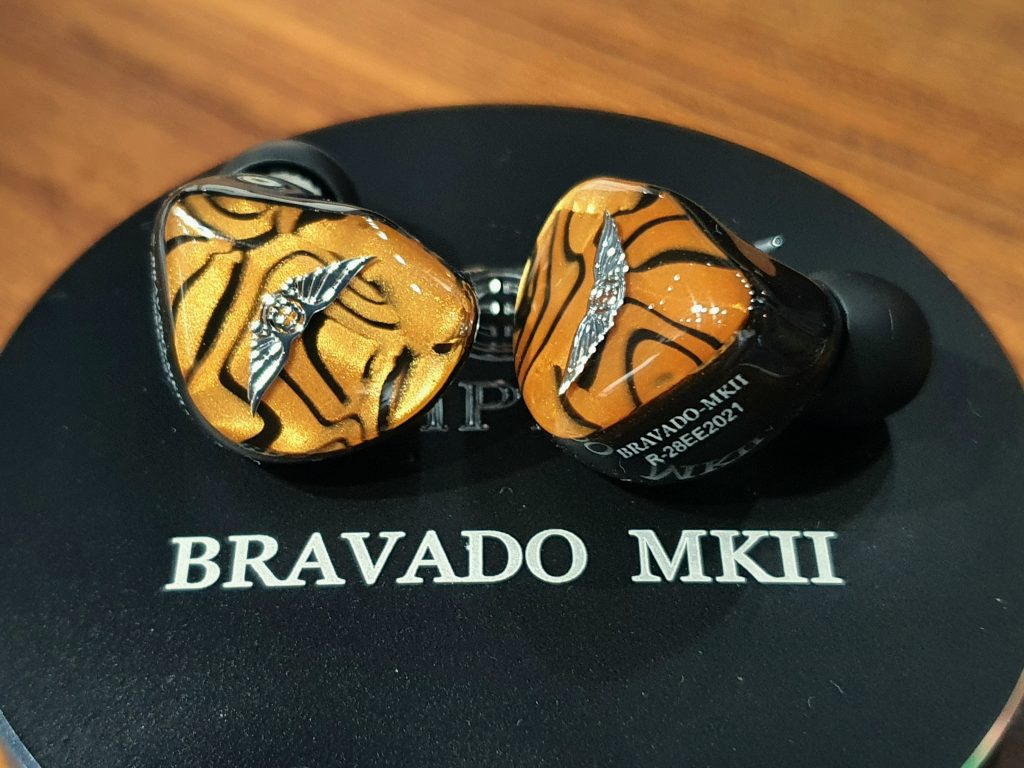

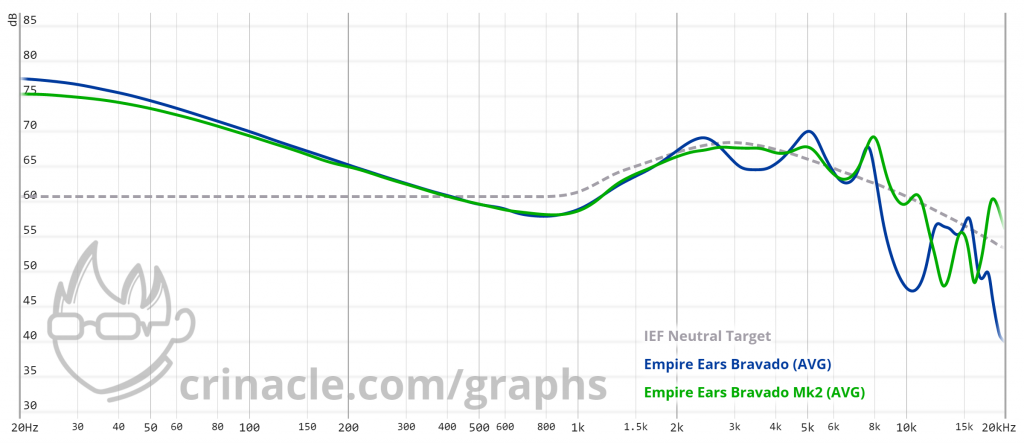

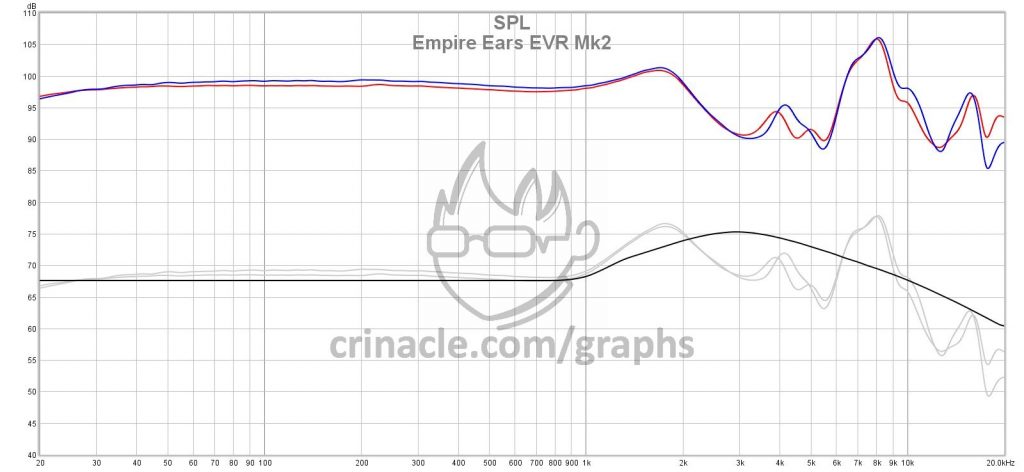
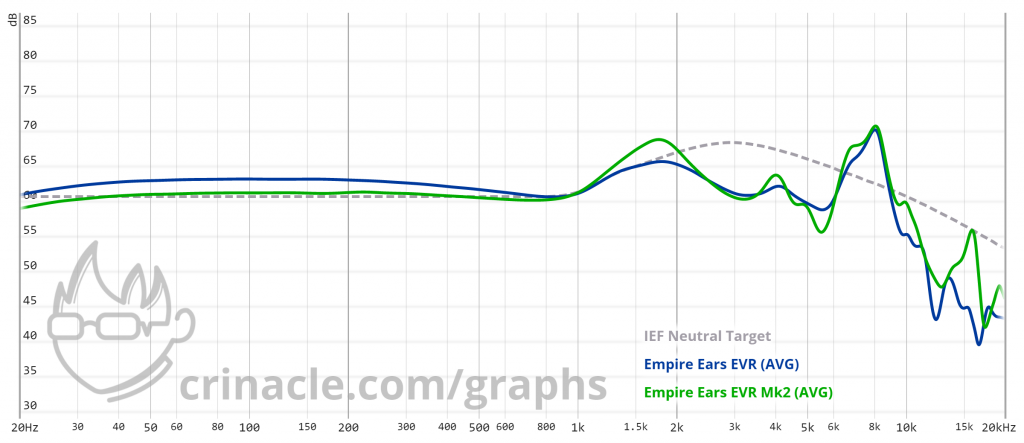
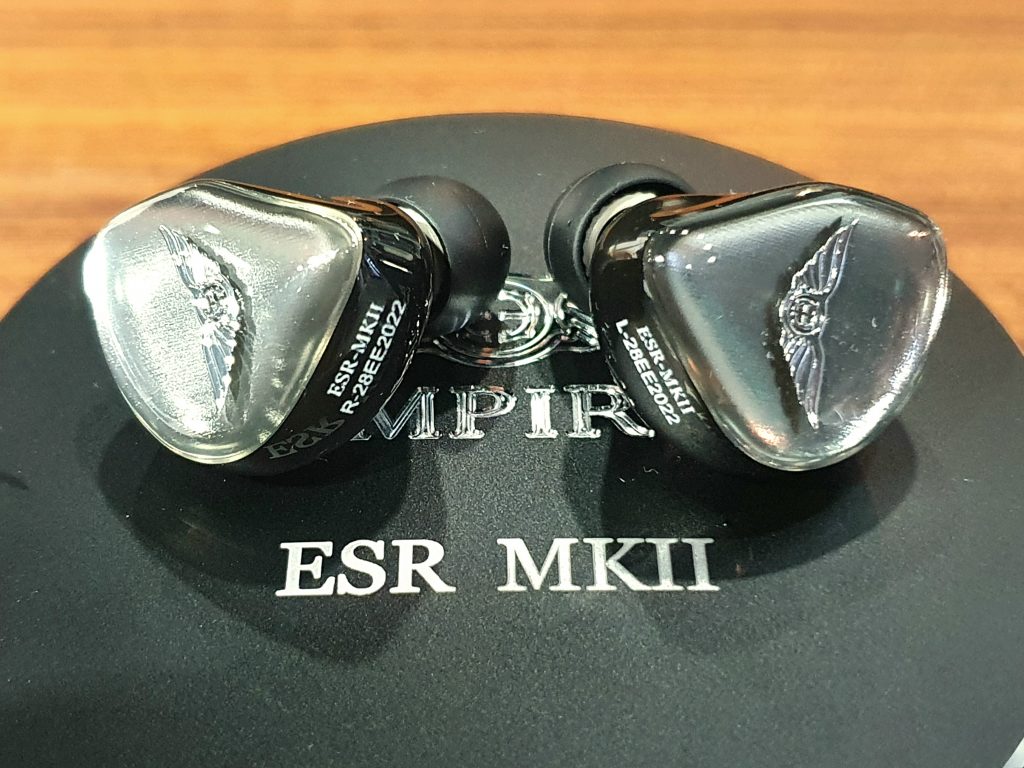
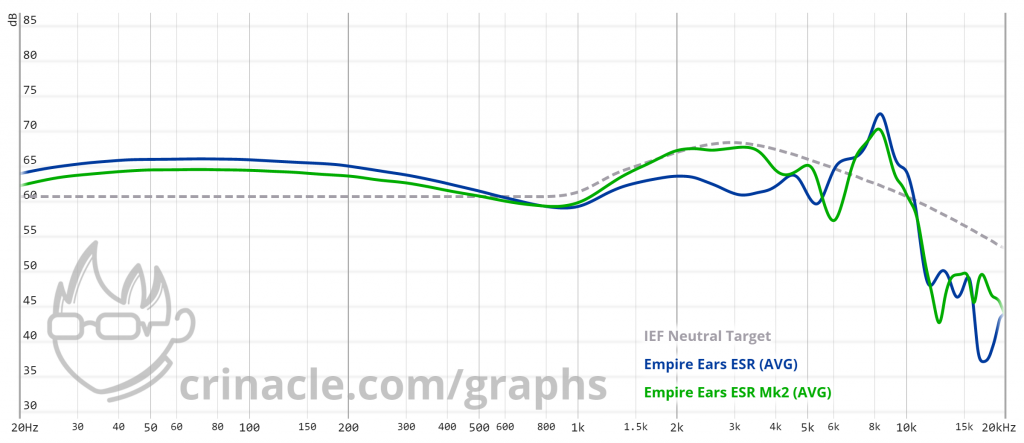
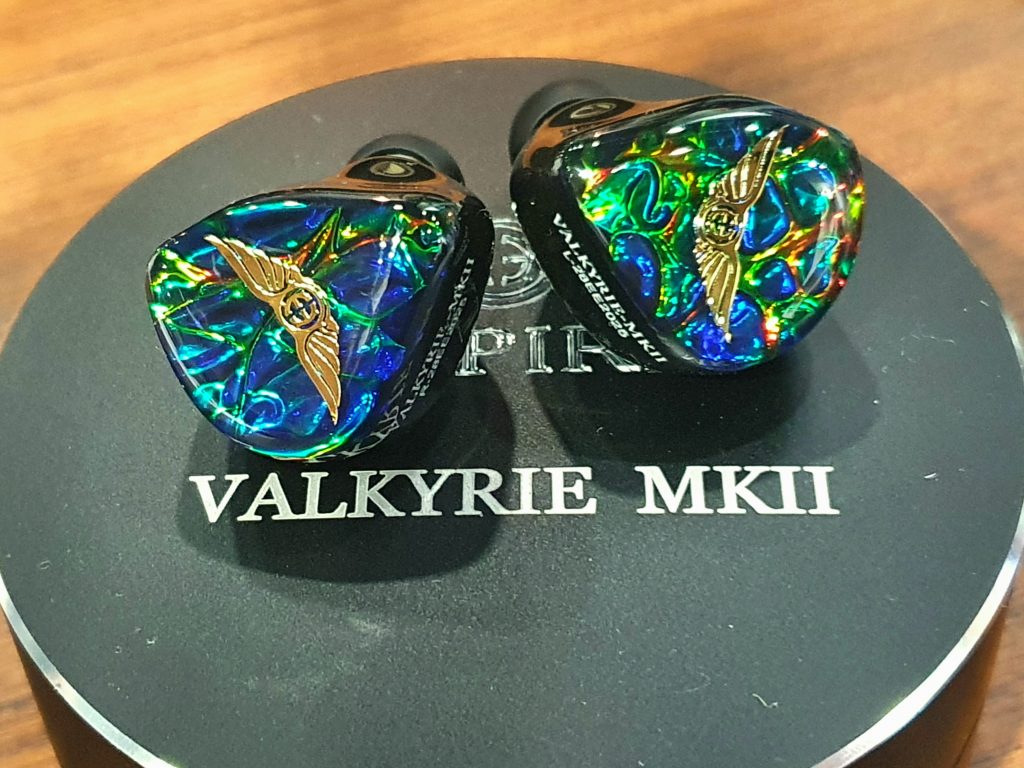


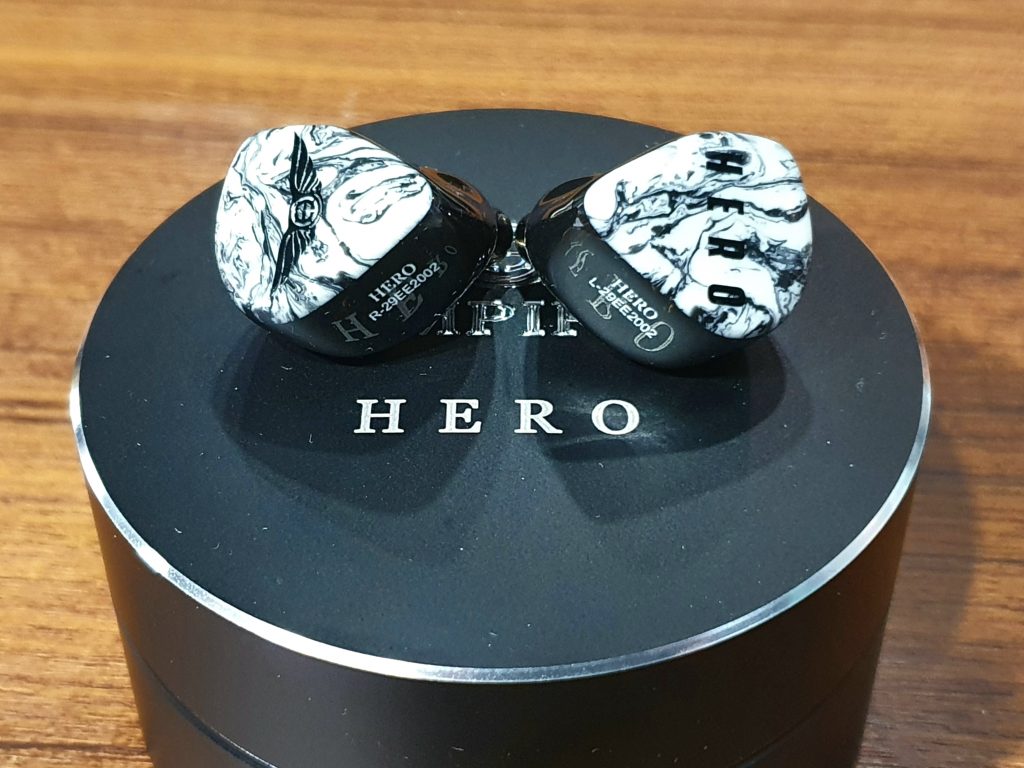




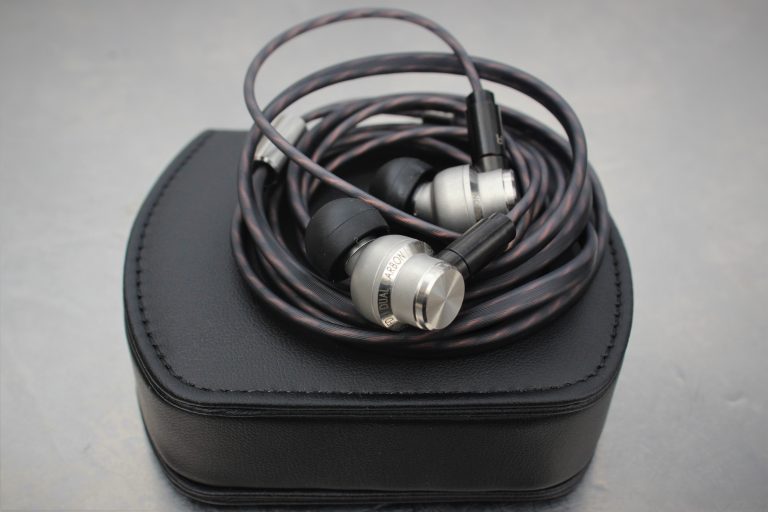

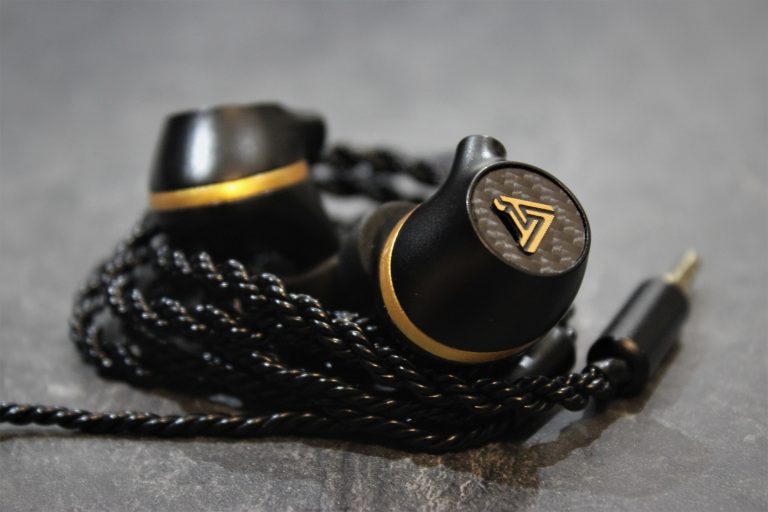



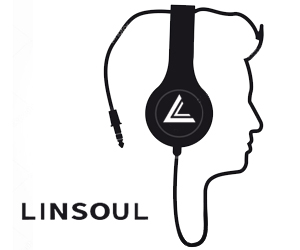
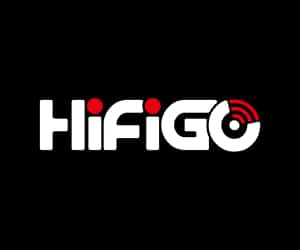
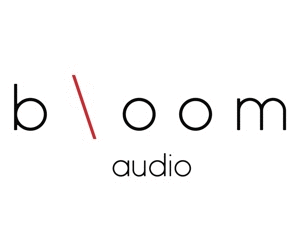
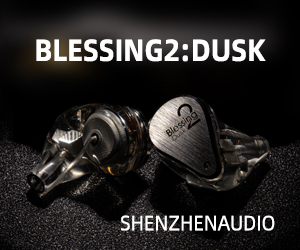
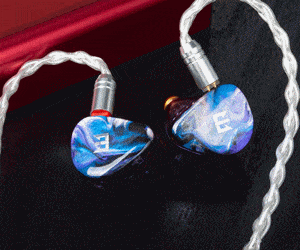

3 thoughts on “[Crinnotes] Empire Ears’ 2020 Lineup: The Great, the Meh & the Terrible”
Raycon ears Valkyrie
-15/10, drunk tuning
Hi there,
Can you do a review on the Fiio FH3? Really curious about how these sounds and where they would sit in the ranking list?
Thanks,